| Expand | ||||||||
|---|---|---|---|---|---|---|---|---|
| ||||||||
|
The AS4 connector microservice allows you to send and receive payloads via the AS4 messaging protocol. The AS4 connector is compliant with the AS4 minimal client conformance profile defined in the AS4 profile of ebMS 3.0. It allows exchanging any type of payload (e.g., XML, JSON, Binary) as SOAP attachments or SOAP body payloads.
| Info | ||
|---|---|---|
| ||
AS4 (Applicability Statement 4) is a Conformance Profile of the OASIS ebMS 3.0 specification, which represents an open standard for the secure and payload-agnostic exchange of Business-to-business documents using Web services. |
| Tip | ||
|---|---|---|
| ||
|
...
Click the ellipsis button against this property to configure Error Handling properties for different types of Errors.
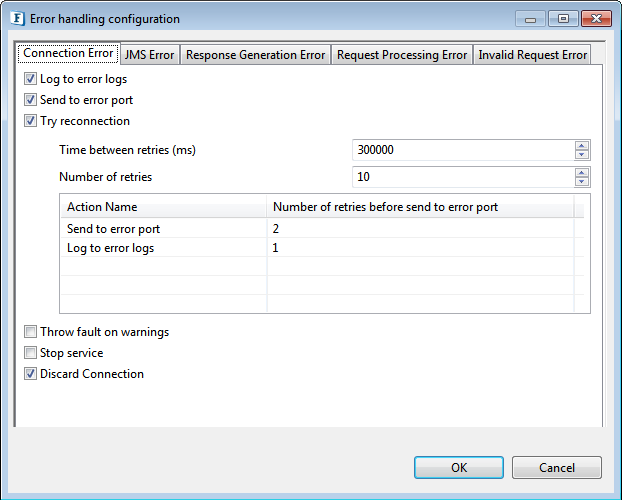
Figure 2: Error Handling Configuration properties
Refer to the Error Handling section in Common Configurations for detailed information.
...
Send
The AS4Connector acts as a client and sends an AS4 message to a messaging services handler(MSH).Receive
The AS4Connector acts as a server and receives an AS4 message from a messaging services handler(MSH). If the message is valid the payload is saved and a receipt is sent back to the MSH else an error signal is sent back to the MSH.Service Name
The service name assigned to the AS4 Server instance. It specifies the service name to which the client has to send the message.

Figure 3: Receive connector mode optionsCode Block title When deployed, a URL is assigned in the following format: http://<IPAddress>:1880/bcwsgateway/services/SERVICE_NAME
Note Service Name property appears only when Connector Mode is selected as "Receive"
...
Click the ellipsis button against this property to edit connection configuration.
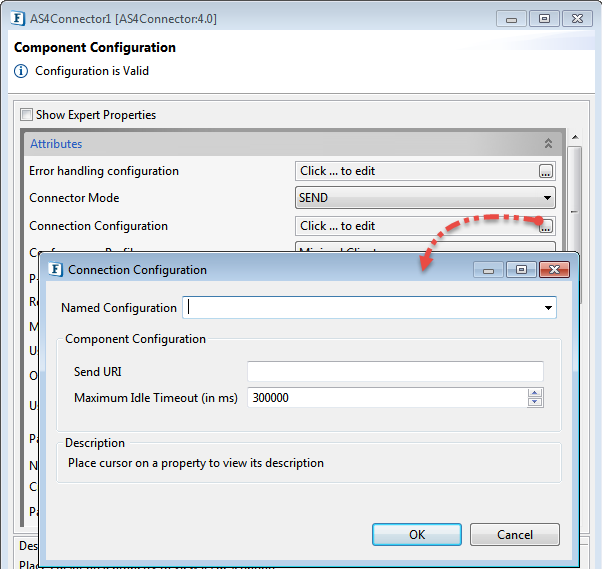
Figure 4: Connection Configuration properties
Send URI
Endpoint Address where the service is hosted in the Target EBMS server.Maximum Idle Timeout
It is the maximum time (in milliseconds) till which a connection exists between the server and client without sending a request.
...
Specifies Conformance Profile to be implemented.

Figure 5: Conformance Profile options
Light Client
This is an entry level conformance profile which enables sending and receiving EBMS 3.0 messages.
Minimal Client
Provides security features like username token and digital signature while sending and receiving EBMS 3.0 messages.
...
Click the ellipsis button to configure P Mode parameters.
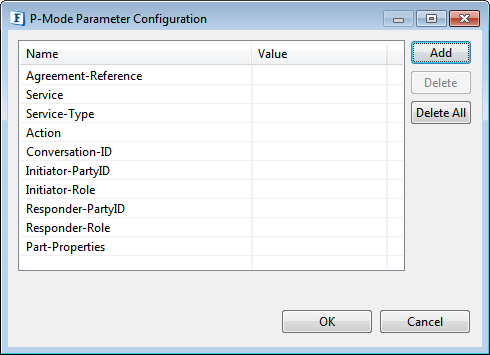
Figure 6: P-Mode Parameter options
| Name | Description |
| Agreement-Reference | This element contains the identification of the business level agreement between the trading partners. |
| Service Name | This element contains the meta-data on the business service that is [supposed] to handle the user message. |
| Service Type | |
| Action | This element contains the business level operation/activity requested to be executed |
| Conversation ID | This element is a string identifying the set of related messages that make up a conversation between Parties. |
| Initiator Party ID | This element includes the information on the Initiator of the MEP, i.e. the partner that sends the first ebMS message. |
| Initiator Role | The business role the partner is acting in.(i.e) Party Sending |
| Responder Party ID | This element includes the information on the Responder of the MEP. The information is the same as for Initiator. |
| Responder Role | The business role the partner is acting in.(i.e) Party Receiving |
| Part Properties | This element contains the information about the mime-type of the document which is transferred between the trading partners. |
Read input from file

Figure 7: Read input from file properties
If enabled, it allows the client to send different types of payload (to the target EBMS server) retrieved from a file that may be referred to using the following properties.
...
Apart from the properties mentioned in the sections above (Error Handling Configuration, Connector Mode, Service Name, Connection Configuration, P-Mode Parameter Configuration and Read input from file), the below-mentioned are the properties exclusively available for Minimal Client Conformance Profile.
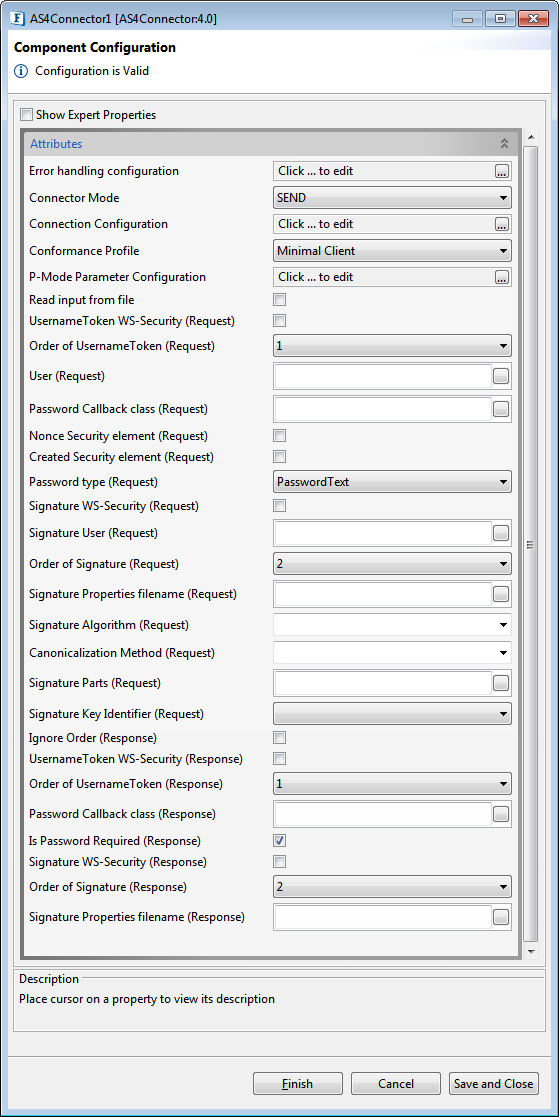
Figure 8: Minimal Client Conformance Profile properties
Request Options
UsernameToken WS-Security
...
The Password type specifies how the client sends the password value to the server.

Figure 9: Password type options
- PasswordText: Password is sent in raw text format within the security header of the soap request.
- PasswordDigest: Password is sent in digest format within the security header of the soap request.
- PasswordNone: No password will be sent in the security header. This option is useful when the user wants to specify the username without any password.
...
| Tip |
|---|
Please refer to the Encryption Properties filename (Request) section in the WebServiceConsumer4.0 documentation for description. |
Expert Properties
Enable the Expert Properties view to configure these properties.
| Warning |
|---|
Expert properties are meant for advanced users. Use with caution! |
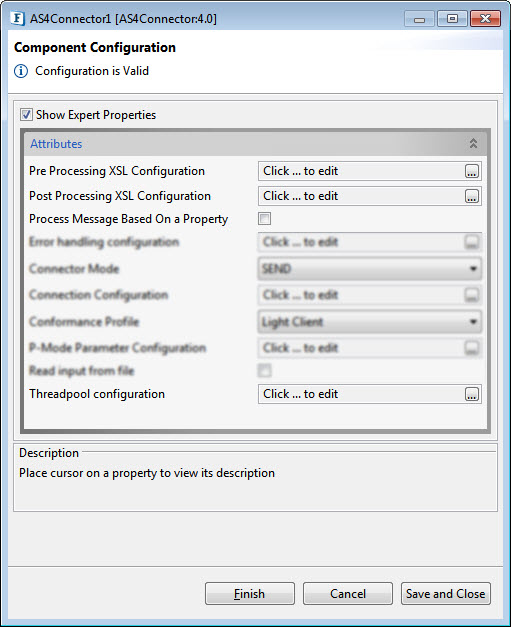
Figure 10: AS4Connector CPS with the Expert Properties enabled and highlighted
Pre Processing XSL Configuration
Pre Processing XSL configuration can be used to transform request message before processing it. Click the ellipses button against the property to configure the properties.
Refer to the Pre/Post Processing XSL Configuration section under the Common Configurations page for details regarding Pre Processing XSL configuration and Post Processing XSL configuration (below).
Post Processing XSL Configuration
Post Processing XSL configuration can be used to transform the response message before sending it to the output port.
Process Message Based on Property
The property helps components to skip certain messages from processing.
Refer to the Process Message Based On a Property section under the Common Configurations page.
Validate Input
If enabled, the microservice validates the input received.
| Note |
|---|
If the Input validation is disabled, it does not validate the input and thereby increases the performance. However, it may cause undesired results if the input XML is not valid. |
Cleanup resources (excluding connection) after each document
This closes all the resources except for the connection after every request. If the less processing time is more important than the less memory usage, then it is recommended to disable this property and vice versa.
For more details, refer to the respective section under in the Common Configurations page.
Target Namespace
Target Namespace for the request and response XML messages.
For more details, refer to the respective section under in the Common Configurations page.